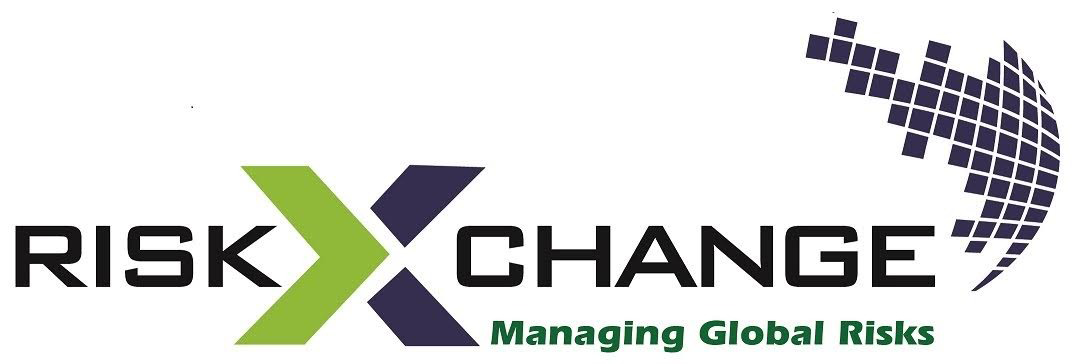Audit risk, which is synonymous to residual risk, can be defined as the risks that the auditor doesn’t take cognizance of during the process of evaluating the financial statements of an organization or a person. These risks could be errors, miscalculations, etc. Generally, this risk comes in two main categories, risk related to financial material evaluation, and risk concerning the assertion made by financial document evaluation.
Companies or organizations request for an audit to make sure that their financial reporting and statement are correct and equitable. To insure themselves against likely lawsuits emanating from unnoticed financial improprieties, such as material misstatements.
Below are the types of audit risks:
Inherent Risk – can’t be identified by anybody, be it the internal auditor of the company, or other financial officials. To stop the audit risk components, companies will have to make the necessary plans and adopt effective measures to detect any issues. Identifying audit risks such as this involves having a good audit strategy, audit plan, and approach. An audit plan is that strict guideline you are to stick to when carrying out an internal audit.
Detection Risk – occurs as a result of improper planning. There is a slim chance that an auditor will not spot the necessary misstatements and correct them in time before the audit. When the financial team of a company sum up materials, there is a chance that some aspects were erroneously gathered, be it by missing information or with incorrect calculations.Dealing with this type of risk requires that you have an in-depth knowledge of business and the nature of the company. Some components of this type of risk are the company depth and width of its operation, including its financial statements and methodology of its financial reporting. There also exist other components, such as completeness testing, valuation testing and occurrence testing, etc.
Control Risk – examines the correctness of the values stated by the employees of a company. A company can inadvertently commit fraud by erroneously reporting figures or misjudging numbers. Indicating areas where these errors exist is essential to identify this type of risk. If the control isn’t strong, there exists a big chance that the financial materials are very wrong, which means that the company auditors or other financial officers would not spot it. Avoiding the aforementioned types of audit risks requires lots of components that must be looked at by a professional, planning and making effective strategies in all departments in every single step, exercising the best control over financial reporting and making a comprehensive evaluation of audit risks.
